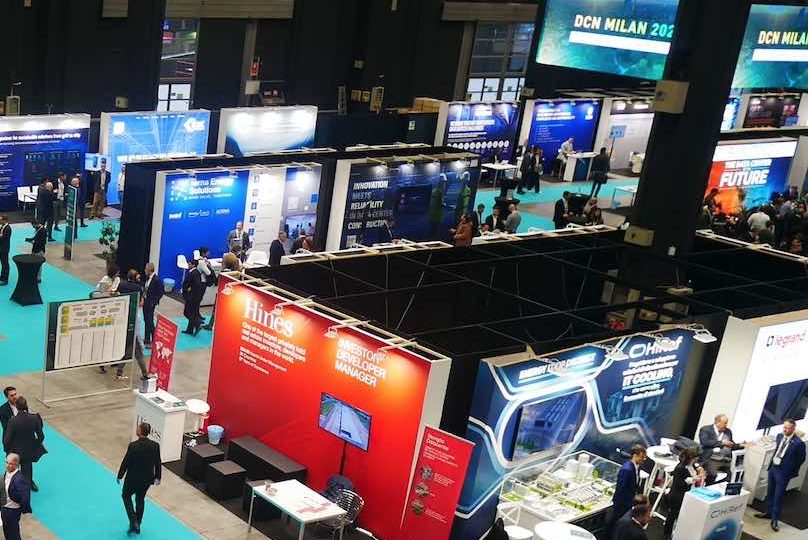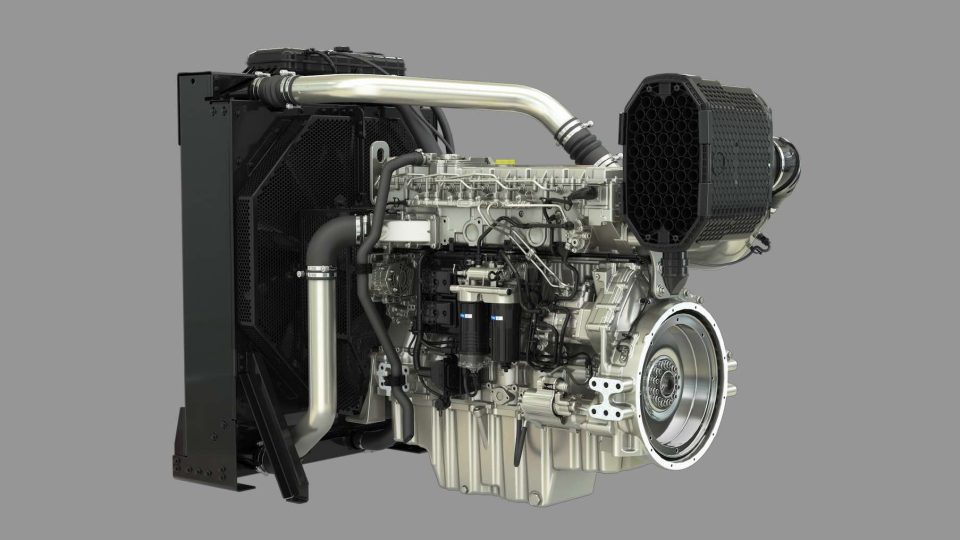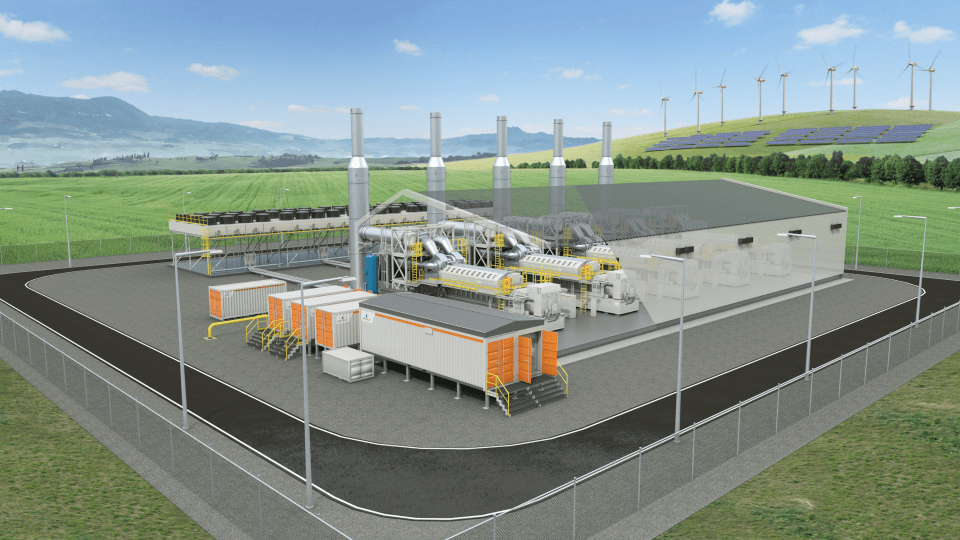Orefice Generators and Silengen
Orefice Generators has adapted to the 2000/14 directive with the Silengen series. The co-protagonists of this project are Fpt Industrial and Yanmar. But where does Silengen come from? We asked directly to Andrea Orefice, General Manager of the company. First of all, there is a human factor. The respect of the needs of those who […]
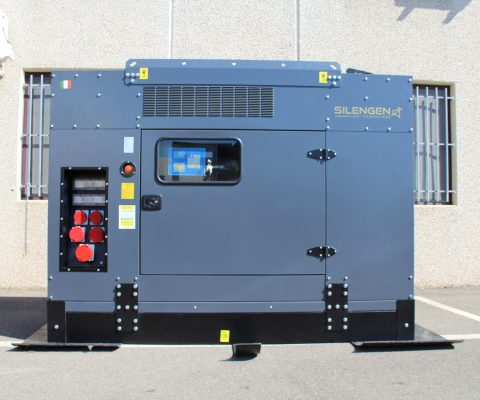
Orefice Generators has adapted to the 2000/14 directive with the Silengen series. The co-protagonists of this project are Fpt Industrial and Yanmar. But where does Silengen come from? We asked directly to Andrea Orefice, General Manager of the company.
First of all, there is a human factor. The respect of the needs of those who work without having to manage annoying noise thresholds. Clearly Silengen complies with the limits imposed by European regulations and Italian authorities. By developing this project, we are confirming that the performance of a generator set is not evaluated only in “kVA”. We have worked on solutions compatible with the residential and commercial areas of industrialized countries that have adopted constraints on noise emissions that make noise a real limit.
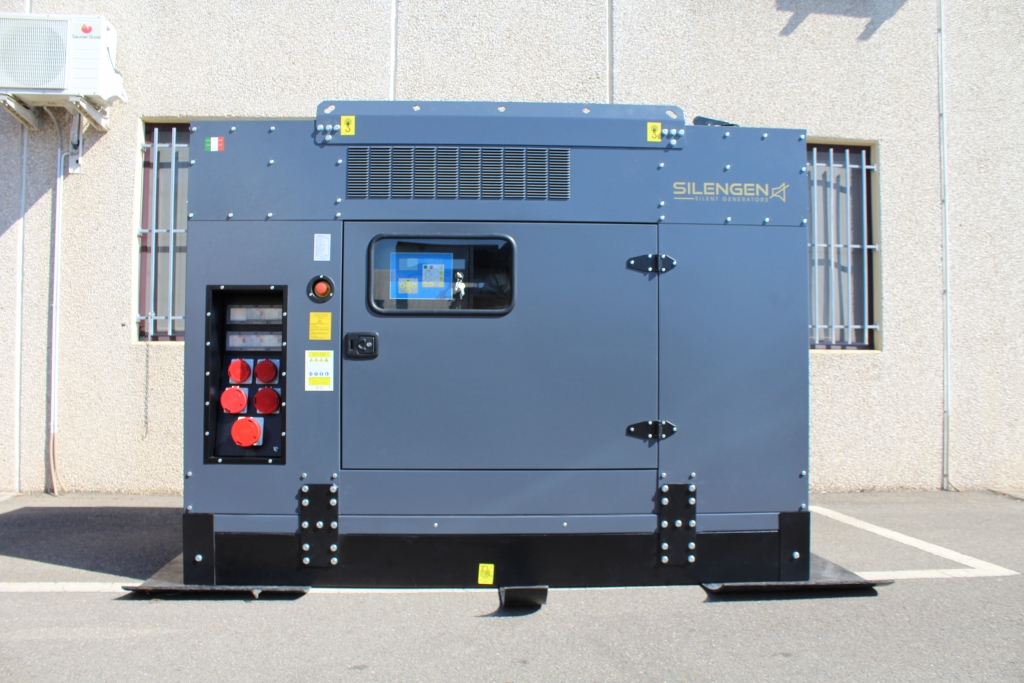
Suffice it to say that during night time, from 10 PM to 6 AM, the Class II, which regulates mainly residential areas, imposes a limit of 45 Db (A), which the Silengen is able to comply with. Altogether there are 12 models, Stage IIIA certified, since they were not designed for rental. A favorable condition for their soundproofing, being without after-treatment. We were thus able to get around the issue of temperature above 55 KVa.
Applications are both prime power groups for urban construction sites and standby use for tourist facilities, to make an example.
Why Fpt Industrial and Yanmar engines?
Yanmar is a top-level player in terms of noise emissions. The 4Tnv98T was among the quietest engines among those we tested, and covers the power range between 10 and 40 kVA. Fpt Industrial represents for us the best compromise between brand, engineering quality and acoustic emissions. The 4.5-liter Nef engine grants 60 to 200 kVA.
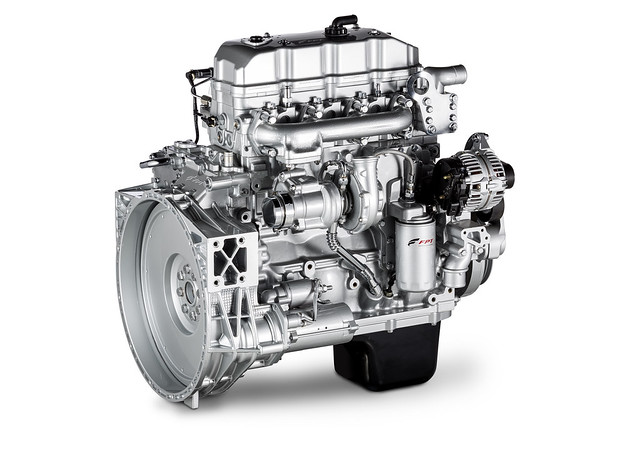
Any words on soundproofing?
A premise: Silengen noise level is measured at 75 percent of the electrical load. The cabin is developed directly on site. The innovative aspect of this project consists in the treatment of acoustic emission sources, such as the radiator air and the exhaust gases. Usually soundproofing materials are used to solve the acoustics issue.
With Silengen, on the other hand, we have followed two particular paths: on the one hand we have isolated the noise sources and rejected them, on the other hand we absorbed the noise. The verification phase takes place both through a bench test and, thanks to the collaboration with the University of Cagliari, in an anechoic chamber. The development of Silengen ended back in January 2019 and it is the result of a five-year project.
The official presentation?
It could be at the DPE in Rimini, it will depend on the spaces that the organizers will make available to us. We will probably bring with us a 20 or 30 kVA product with a Yanmar engine.
As a business card for the Silengen we will bring two applications as particular as they are illustrative: in Zanzibar it is serving at a villa, close to a beach. In the Swedish forests, the 60 kVA model, along with Fpt’s Nef engine, was the protagonist of a video from a local video maker for a documentary.




